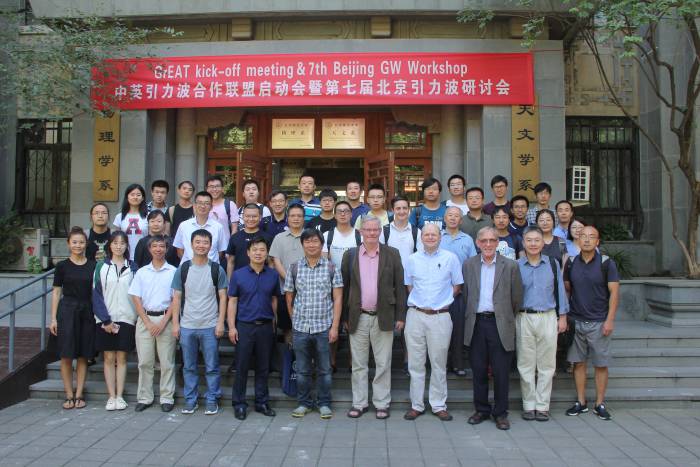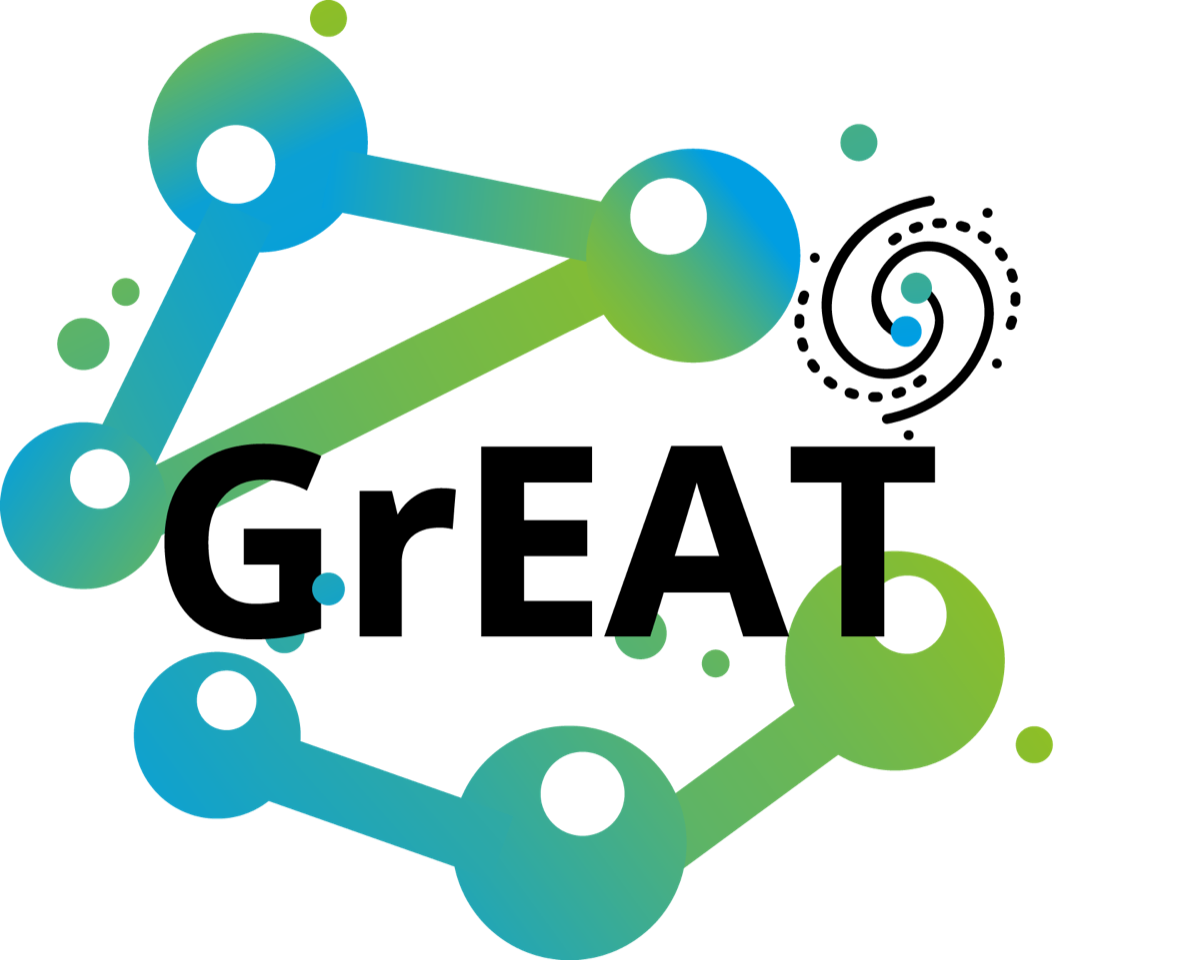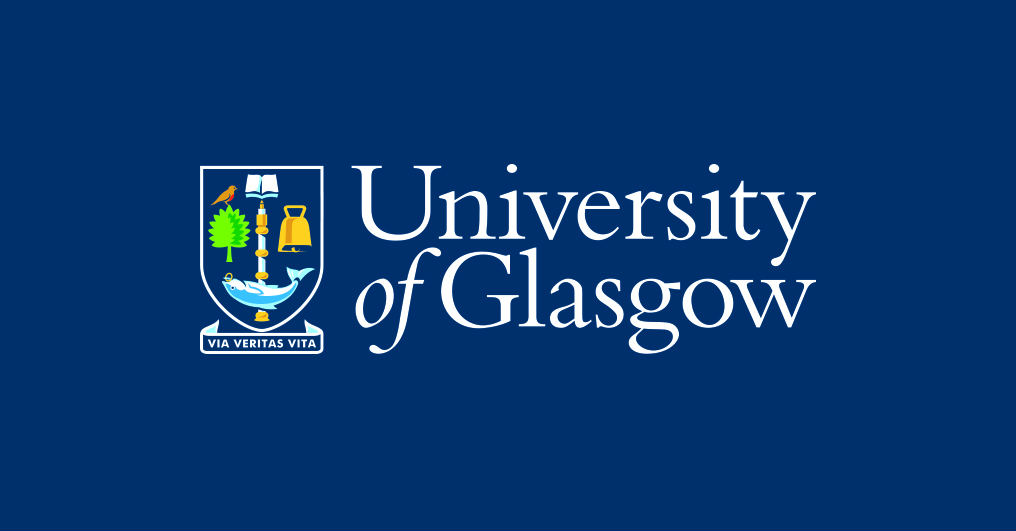GrEAT potential: why China and the UK are working together in gravitational-wave research
His ideas regarding relativity and gravitation led to predictions that have since been shown to be accurate. One of the most well-known astronomical phenomena predicted by general relativity is the existence of gravitational waves, which is linked to the idea that when massive objects move rapidly (such as two black holes just before they collide), they will cause fluctuations (or “ripples”) in space-time. We call these ripples gravitational waves.
Exactly 100 years after Einstein published his landmark theory, the LIGO Scientific Collaboration announced that it had succeeded in making the first ever direct gravitational-wave observation. Since then, interest in gravitational- wave research has grown, with researchers around the world dedicating more resources to the field. The Gravitational-wave Excellence through Alliance Training (GrEAT) Network is one example of this. It is funded by the Science and Technology Facilities Council UK with the aim of building links between the UK and China through gravitational-wave research, and brings together scientists from both countries and beyond.
The GrEAT Network is led by Ik Siong Heng, Professor at the School of Physics and Astronomy, University of Glasgow, and involves researchers from around the world, including Mariela Masso Reid, Xilong Fan, Laura Nuttall, Yan Wang, Jenne Driggers and Nils Andersson. The GrEAT Network has five main aims, which are to:
1. Identify potential industrial and commercial partners in China for gravitational-wave technology and expertise;
2. Provide high-quality training for early- career researchers on the planning and delivery of outreach (informing the public) on gravitational-wave astronomy;
3. Provide training on data analysis and numerical modelling that will have applications in gravitational-wave research and beyond;
4. Find people with the necessary skills to create, fabricate, install and innovate future gravitational-wave detector technologies;
5. In the UK, support and train PhD students and early career researchers, who are from Chinese institutions and working on space gravitational-wave detectors.
WHERE DO GRAVITATIONAL WAVES COME FROM?
All moving masses emit gravitational waves. However, the coupling between gravity and matter is extremely weak (one needs a massive object like the Earth to have significant gravitational attraction). So, the gravitational waves that researchers can detect with current technology come from compact and massive systems, such as merging black holes and neutron stars, within a relatively local portion of our universe (within about 1 billion light years).
WHY ARE GRAVITATIONAL WAVES OF INTEREST TO RESEARCHERS?
Gravitational waves are interesting because they are the ideal probe for the densest, darkest regions of our universe. Since gravity couples very weakly with matter, it is difficult to “block out” gravitational waves. Gravitational waves have already been used to directly observe black holes whizzing around each other and then colliding throughout our universe.
Reference
https://doi.org/10.33424/FUTURUM27
His ideas regarding relativity and gravitation led to predictions that have since been shown to be accurate. One of the most well-known astronomical phenomena predicted by general relativity is the existence of gravitational waves, which is linked to the idea that when massive objects move rapidly (such as two black holes just before they collide), they will cause fluctuations (or “ripples”) in space-time. We call these ripples gravitational waves.
Exactly 100 years after Einstein published his landmark theory, the LIGO Scientific Collaboration announced that it had succeeded in making the first ever direct gravitational-wave observation. Since then, interest in gravitational- wave research has grown, with researchers around the world dedicating more resources to the field. The Gravitational-wave Excellence through Alliance Training (GrEAT) Network is one example of this. It is funded by the Science and Technology Facilities Council UK with the aim of building links between the UK and China through gravitational-wave research, and brings together scientists from both countries and beyond.
The GrEAT Network is led by Ik Siong Heng, Professor at the School of Physics and Astronomy, University of Glasgow, and involves researchers from around the world, including Mariela Masso Reid, Xilong Fan, Laura Nuttall, Yan Wang, Jenne Driggers and Nils Andersson. The GrEAT Network has five main aims, which are to:
1. Identify potential industrial and commercial partners in China for gravitational-wave technology and expertise;
2. Provide high-quality training for early- career researchers on the planning and delivery of outreach (informing the public) on gravitational-wave astronomy;
3. Provide training on data analysis and numerical modelling that will have applications in gravitational-wave research and beyond;
4. Find people with the necessary skills to create, fabricate, install and innovate future gravitational-wave detector technologies;
5. In the UK, support and train PhD students and early career researchers, who are from Chinese institutions and working on space gravitational-wave detectors.
WHERE DO GRAVITATIONAL WAVES COME FROM?
All moving masses emit gravitational waves. However, the coupling between gravity and matter is extremely weak (one needs a massive object like the Earth to have significant gravitational attraction). So, the gravitational waves that researchers can detect with current technology come from compact and massive systems, such as merging black holes and neutron stars, within a relatively local portion of our universe (within about 1 billion light years).
WHY ARE GRAVITATIONAL WAVES OF INTEREST TO RESEARCHERS?
Gravitational waves are interesting because they are the ideal probe for the densest, darkest regions of our universe. Since gravity couples very weakly with matter, it is difficult to “block out” gravitational waves. Gravitational waves have already been used to directly observe black holes whizzing around each other and then colliding throughout our universe.
WHAT PRACTICAL OUTCOMES COULD RESEARCH INTO GRAVITATIONAL WAVES HAVE FOR SOCIETY OR INDUSTRY?
New technologies and instrumentation have been developed along the path to gravitational- wave detection. Many of these developments are starting to be used in industry, such as gravimeters (a device that measures tiny fluctuations in Earth’s gravitational field, which can also be used to find oil and minerals), but also in healthcare, such as in stem cell research (which could revolutionise the treatment of many diseases and injuries).
WHY IS IT IMPORTANT FOR THE UK AND CHINA TO WORK TOGETHER ON THE GrEAT PROJECT?
The UK has been at the forefront of gravitational wave research for several decades with significant expertise and leadership in the international gravitational-wave community. Rapidly growing interest in gravitational-wave research in China, especially since the first gravitational-wave detection, provided an excellent opportunity for the two communities to collaborate and work towards exciting new avenues of research.
HOW IMPORTANT WAS THE FIRST DETECTION OF GRAVITATIONAL WAVES AND WHAT DID IT MEAN FOR THE FIELD?
Siong was one of the co-chairs of the collaboration team that made the first gravitational-wave detection in 2015. “I had just arrived in China for a family gathering when my email inbox exploded with messages about the discovery. It was a surreal experience, having spent decades in the field waiting for this moment and, when it finally happens, I was stuck in an internet cafe on the other side of the world trying to catch up!” he says. “The first detection was definitely a ground-breaking event. It marked the beginning of a new way of performing astronomy – gravitational- wave astronomy.”
WHY SHOULD YOUNG PEOPLE CONSIDER A CAREER IN THE GRAVITATIONAL-WAVE FIELD?
The first detection of gravitational wave signals in 2015 was just the beginning. It opened a new window on the universe. There are many opportunities for new discoveries that will reveal the nature of our dark (gravitational) universe. If you want to become part of one of the most exciting scientific fields at present, then this is the field for you!
WHAT SORTS OF CAREERS ARE AVAILABLE IN THE AREA OF GRAVITATIONAL WAVES?
Most careers associated with gravitational-wave research would be academic. However, people working across many fields are required to build gravitational-wave detectors, including engineers, architects, geologists, chemists and physicists. Not only that, but industrial partners would require people with highly technical and specialist skills. It is worth noting that people who have trained in gravitational-wave research have gone on to a wide range of different careers, such as in finance and banking, as well as working for tech companies like Facebook and Google. Of course, many have moved into the space industry, while others have gone into the defence industry.
WHAT IS THE BEST ROUTE INTO A CAREER IN GRAVITATIONAL WAVES?
A physics or an astronomy degree would be a good place to start. However, some members of the community have a mathematics degree so there are clearly several routes into the field. That said, a good foundation in physics is strongly recommended.
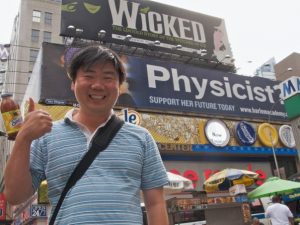 PROF IK SIONG HENG
PROF IK SIONG HENGPrincipal Investigator for GrEAT, School of Physics & Astronomy, University of Glasgow, UK
FIELD OF RESEARCH: Physics and Astronomy
RESEARCH PROJECT: The Gravitational-wave Excellence through Alliance Training (GrEAT) Network is a UK-China project that aims to build on the expertise and technology of the two countries and further gravitational research.
https://great.physics.gla.ac.uk/
FUNDERS: Science and Technologies Facilities Council
 PROF IK SIONG HENG
PROF IK SIONG HENGPrincipal Investigator for GrEAT School of Physics & Astronomy University of Glasgow, UK
FIELD OF RESEARCH: Physics and Astronomy
RESEARCH PROJECT: The Gravitational-wave Excellence through Alliance Training (GrEAT) Network is a UK-China project that aims to build on the expertise and technology of the two countries and further gravitational research.
https://great.physics.gla.ac.uk/
FUNDERS: Science and Technologies Facilities Council
YOU ARE THE PRINCIPAL INVESTIGATOR FOR GrEAT. WHAT INSPIRED YOU TO START THIS LARGE- SCALE COLLABORATION?
I began working with scientists in China in 2012. During that time, I noted that there was already significant interest in gravitational-wave research in the country, and this increased exponentially after the first detection in 2015. So, when the opportunity came to apply for funding to setup the GrEAT Network in 2017, I just had to do it. There are so many talented researchers in China and it made sense to couple their interest in gravitational waves with the extensive expertise and experience of UK researchers in this field.
WHAT IS IT THAT EXCITES YOU ABOUT THIS PROJECT?
I find it very exciting that the GrEAT Network brings together two communities of talented people to exchange ideas and form new connections, resulting in new projects and perhaps new discoveries!
GrEAT INVOLVES STEM OUTREACH IN SCHOOLS. WHAT ARE THE BENEFITS OF OUTREACH WORK?
Personally, I believe that outreach has two goals. The first is to communicate the outcomes of our research to the general public. After all, most of our research funding is done using public funds, so it is our duty to ensure that our results can be understood by our funders. The second goal is to inspire the next generation of scientists and give them an idea of how science and the process of making new discoveries work.
WHAT DID YOU WANT TO BE WHEN YOU WERE GROWING UP?
I was always interested in space and would look up fiction and non-fiction books relating to it. However, when I was very young, I actually wanted to be a fighter pilot. Then, in high school, I decided that I wanted to be a physicist instead. It wasn’t until I was in university that I realised I wanted to do astronomy, in particular gravitational waves.
WHAT ARE YOUR TOP TIPS FOR STUDENTS WHO WISH TO HAVE A SUCCESSFUL CAREER IN GRAVITATIONAL WAVES?
There are many resources, especially on the internet, that communicate gravitational-wave science to the general public in a wide range of languages. They should not be difficult to find and they are a good place
to start learning about gravitational waves. It could also be useful to discuss the topic with your teachers or ask them if they can put you in touch with someone who you can chat with about gravitational waves. Perhaps even contact your nearest gravitational-wave research group to ask for a tour or an internship! Above all, be creative, work hard and stay focused on your dreams.
CAN YOU GIVE US ONE FUN FACT ABOUT YOURSELF?
I enjoy playing with LEGO, especially with my children. Actually, I probably use my children as an excuse to buy more LEGO!
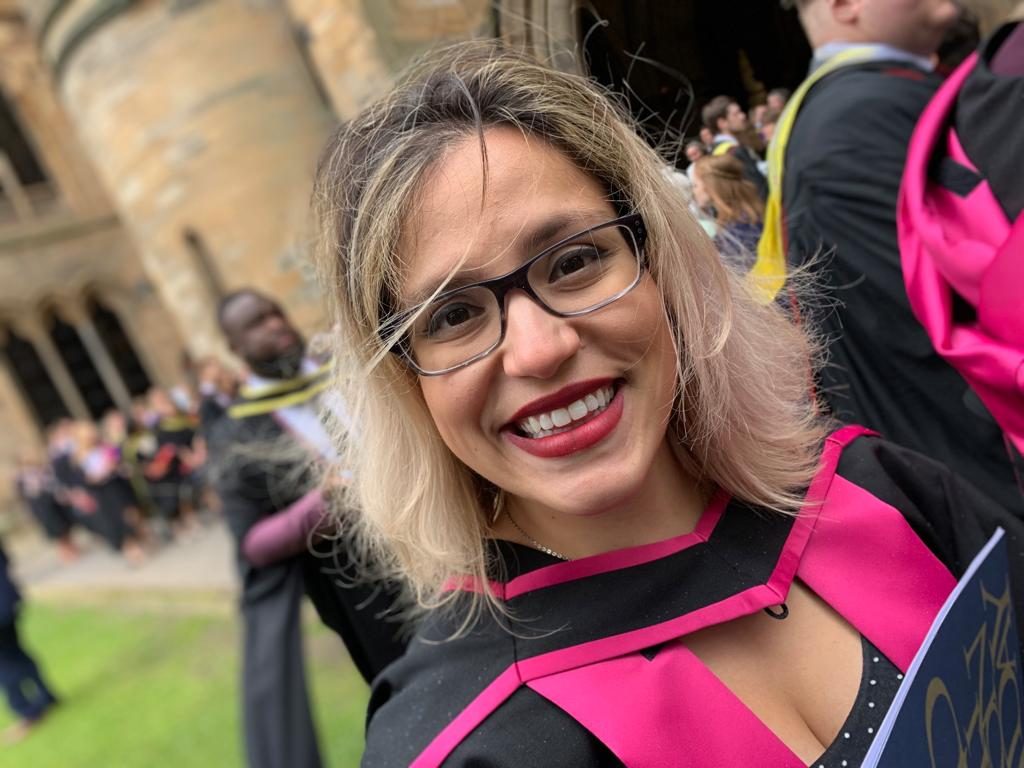 MARIELA MASSO REID
MARIELA MASSO REID
FROM CARACAS, VENEZUELA
POSTDOCTORATE AND PROJECT MANAGER OF THE GrEAT NETWORK
INSTITUTE OF GRAVITATIONAL RESEARCH, UNIVERSITY OF GLASGOW, UK
As a member of the LIGO Scientific Collaboration, I studied the thermal conductivity of silicon and silicon-bonded materials at cryogenic [very low] temperatures; this is crucial because the next generation of detectors will use cryogenic temperatures. I am also the project manager for collaborations involving the UK, China and India.
WHAT EXCITES YOU ABOUT THE GrEAT NETWORK?
Increasing the current network of gravitational wave detectors will be of huge benefit. The GrEAT Network facilitates links between the UK and China, meaning we can exchange knowledge and tackle challenges together. It is incredibly exciting to see all these partnerships happening already, so I am looking forward to seeing this collaboration flourish!
WHY DO YOU DO WHAT YOU DO?
I fell in love with astronomy at around age 7, and discovered physics soon after, so it has always been my dream to be a scientist. I discovered gravitational waves when I first came to Glasgow to study my undergraduate degree and I made it my mission to get involved in whatever capacity I could. I enjoyed my PhD so much, and all the challenges that came with it. It is good to be able to see the larger picture and understand how my project fits within the Network and in developing the necessary technology for a new generation of detectors.
TELL US A FUN FACT ABOUT YOURSELF.
I found astronomy through my love of books and Greek mythology as a kid! I also love animals with all my heart.
 XILONG FAN
XILONG FAN
FROM CHINA
ASSOCIATE PROFESSOR
WUHAN UNIVERSITY, CHINA
Together, with Glasgow’s collaborators, I built a Bayesian method for jointing analysis of gravitational-wave and electromagnetic-wave data when I was a Newton Fellow at Glasgow University. When I went back to China, I helped Professor Heng make connections with some researchers in Chinese universities, who are now part of the GrEAT Network.
WHAT EXCITES YOU ABOUT THE GREAT NETWORK?
I get to meet more experts from different UK Universities and have been able to extend my research as a result.
TELL US A FUN FACT ABOUT YOURSELF.
After two years of research in Glasgow, my understanding of science has improved a lot, but so too has my footballing ability!
 LAURA NUTTALL
LAURA NUTTALL
FROM THE UK
SENIOR LECTURER IN GRAVITATIONAL WAVES
INSTITUTE OF COSMOLOGY AND GRAVITATION, UNIVERSITY OF PORTSMOUTH, UK
I’ve been conducting research in gravitational-wave astrophysics for the last decade as a member of the LIGO Scientific Collaboration. There are a few different areas of research that I am involved with. One aspect is in characterising the LIGO detectors. Detector characterisation helps scientists to investigate and fix sources of noise, ensures LIGO detector data are of sufficient quality for astrophysical analyses, and validates detections. I am the co-chair of the LIGO detector characterisation group. This work nicely complements another aspect of my research, which looks at ways to improve methods for detecting gravitational waves from colliding black holes and neutron stars.
WHY DO YOU DO WHAT YOU DO?
I love solving problems and I can’t think of a better way to spend my life than trying to solve the mysteries of the universe. It’s an absolute privilege to tell people that, for my job, I get to I think about ways to find and study colliding black holes and neutron stars.
TELL US A FUN FACT ABOUT YOURSELF.
I’m a little obsessed with netball – I play in a local league and umpire matches as much as I can.
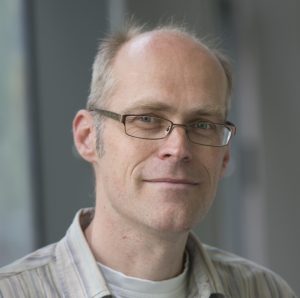 NILS ANDERSSON
NILS ANDERSSON
FROM SWEDEN
PROFESSOR OF APPLIED MATHEMATICS, HEAD OF THE GENERAL RELATIVITY GROUP
UNIVERSITY OF SOUTHAMPTON, UK
I am a theorist, so I bring an understanding of how gravitational waves work and their role in astrophysics. I also have a great interest in outreach and the public understanding of science. Within the GrEAT Network I help coordinate the data analysis and modelling work package, and recently hosted a group of Chinese students at a summer school in Southampton.
WHY DO YOU DO WHAT YOU DO?
I love what I do! My main interest is in the astrophysics of neutron stars. This involves many exciting aspects, especially as neutron star physics represent many extremes of physics (at the edge of our current understanding).
TELL US A FUN FACT ABOUT YOURSELF.
I write children’s books.
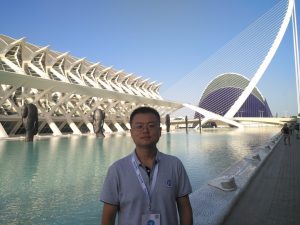 YAN WANG
YAN WANG
FROM CHINA
ASSOCIATE PROFESSOR
HUAZHONG UNIVERSITY OF SCIENCE AND TECHNOLOGY, CHINA
I bring skills and experience in gravitational-wave data analysis and astrophysical source modelling for space-borne laser interferometers (aiming at detecting milli-hertz gravitational- wave signals) and Pulsar Timing Arrays (aiming at detecting nano-hertz gravitational-wave signals). Previously, I was a member of the North American Nanohertz Observatory for Gravitational Waves (NANOGrav), which is part of the international Pulsar Timing Array (IPTA) consortium. I was mainly working on the data analysis method for detecting and estimating continuous wave signals from individual supermassive black hole binaries. After joining the Center for Gravitational Experiments (CGE) in Huazhong University of Science and Technology, China, in late 2014 as a junior faculty member, I started to work for the proposed space-borne gravitational-wave detection project, TianQin.
WHY DO YOU DO WHAT YOU DO?
I do what I do in gravitational-wave research because of my enthusiasm and passion for figuring things out, and the potential for making exciting scientific discoveries. Besides, I appreciate the opportunities that I can display, using new insights from scientific developments, to the community at large through education and outreach.
TELL US A FUN FACT ABOUT YOURSELF.
I like swimming and practising Chinese calligraphy to relax after a long day at work. Recently, I started fishing with my wife around the city (There are hundreds of lakes and ponds in Wuhan). Usually, we don’t catch anything after a few hours of waiting, but it doesn’t really bother us; we enjoy it regardless.
 JENNE DRIGGERS
JENNE DRIGGERS
FROM THE USA
SCIENTIST
DIVISION OF PHYSICS, MATHEMATICS AND ASTRONOMY, CALIFORNIA INSTITUTE OF TECHNOLOGY, USA
My research focuses on improving the sensitivity of the LIGO gravitational wave detectors. The first part of having a sensitive detector is having it up and running, so our team at the LIGO Hanford Observatory will take all of the pieces of technology developed within the LIGO Scientific Collaboration and implement them to make them work together as one whole gravitational-wave detector. We then measure and tune different components of the interferometer to set them each at their optimal working point. I have done work on the angular controls system, which ensures that our mirrors are controlled in such a way that they stay aligned and pointed at one another with high precision.
Our gravitational-wave interferometers are incredibly sophisticated devices, and they need many different kinds of theoretical and experimental efforts in order for them to be successful. I’m very happy that the GrEAT Network is bringing more people into the field of gravitational- wave detection!
WHY DO YOU DO WHAT YOU DO?
I love working at the LIGO Observatory because it allows me to work with some of the most sensitive detectors in the world, and I get to explore aspects of the universe that are impossible to study in any other way.
TELL US A FUN FACT ABOUT YOURSELF.
When I’m not doing physics, I love to go camping and hiking with my two dogs.
The GrEAT Network is dedicated to outreach activities. This means keeping the public informed about all the amazing knowledge gained from gravitational-wave research through summer schools, workshops and other public outreach activities. These activities are especially important because it means people like you will be able to learn new things about the universe and, potentially, be inspired to work in gravitational-wave astronomy or another aspect of space science.
SUMMER SCHOOLS
This year, the GrEAT Network has organised summer schools to encourage interest and participation in the field of gravitational- wave research, particularly among university students and graduates. Keep an eye out for more summer schools if you are at university and looking for postgraduate opportunities.
Sun Yat-sen University
The TianQin Gravitational Wave summer school was organised by Dr Yi-ming Hu and held at the Zhuhai Campus of Sun Yat-Sen University (SYSU). Approximately 80 students were involved, of which 50 were from SYSU. The school organised lectures and social events, as well as interactions with experts in the field. Lecturers from 10 universities were involved, including five members of the GrEAT Network (Professor Ik Siong Heng, Professor Giles Hammond, Professor Martin Hendy and Professor Tim Sumner).
Southampton Master School
The programme consisted of a four-day summer school-level series of master-class lectures on relativistic fluid dynamics and applications. Aimed at postgraduates and postdocs, the lectures covered a range of topics, from formulation to input physics and numerical simulations.
The aim was to explain what enters into state- of-the-art numerical relativity simulations of neutron star mergers, and explore what has to be done in order to develop a new generation of more realistic simulations – areas where the Southampton group has particular expertise and interests. The event was designed to be informal and collaborative, with students having the opportunity to present their own research.
Various experts in the field were invited to take part and give the lectures, such as LIGO member, Greg Comer. Over 20 students attended the classes, including six students from China, six from India, and other students from the UK.
University of Birmingham
A master class has been organised, where students will be given lectures for about a week by experts in the gravitational wave field. The students partake in a series of challenges and projects. At the end of the week, they
are paired together and take part in projects at various institutions involved in the GrEAT Network. The students work alongside expert researchers in the fields of experimental and data analysis – both of which are key elements for gravitational-wave detectors.
• The LIGO Laboratory offers Research Experience for Undergraduates (REU) summer internships at Caltech and at the Hanford and Livingston Observatories: https://labcit.ligo.caltech.edu/LIGO_web/students/SURF/
• Louisiana State University and the University of Florida offer REU internships in physics and astronomy, including gravitational-wave detection, numerical relativity and general relativity.
• In Canada, the National Science and Engineering Research Council (NSERC) funds undergraduate student research awards (USRAs). Opportunities for work in gravitational-wave detection and LIGO are available.
• The ARC Centre of Excellence for Gravitational Wave Discovery (OzGrav) is an excellent source of information and has various opportunities open to people based in Australia. For example, keep an eye out for its education and outreach activities, study opportunities and mentorship programmes: www.ozgrav.org
• Consider looking up your local university to see if they offer any opportunities such as workshops, lectures or summer schools relating to gravitational waves.



